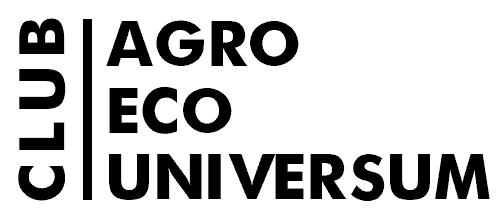Plants, fungi, bacteria and protozoa interact closely with each other in constructed wetlands. Thus, the joint activity of micro- and macroorganisms in constructed wetlands results in a high efficiency of wastewater treatment: both nutrients and complex organic substances can be effectively removed in branched trophic chains. Bacterial community of constructed wetlands has recently received much attention, while the fungal component remains significantly less studied, particularly saprotrophic fungi.

Our recent paper reveals a taxonomic analysis of the cultivated saprotrophic fungi combined with bacterial community in vertical-flow constructed wetlands (VSCWs) operated by Azoé-NP® process. These systems have unique features to affect the microbial community, which results in high treatment efficiency and nitrogen removal. Studies with saprotrophic fungi in VFCWs are almost absent, and this work shows that they could be found in VFCWs in significant quantities and are quite diverse. We found 62 species of cultivated microscopic fungi and described the taxonomic composition of bacterial and fungal community at all wastewater treatment stages. In the studied VFCWs, we identified the species of micromycetes which have proved active in the removal of contaminants. The data obtained can provide a deeper insight into the characteristics of Azoé-NP® systems and treatment processes occurring in constructed wetlands.
Free full text here.

